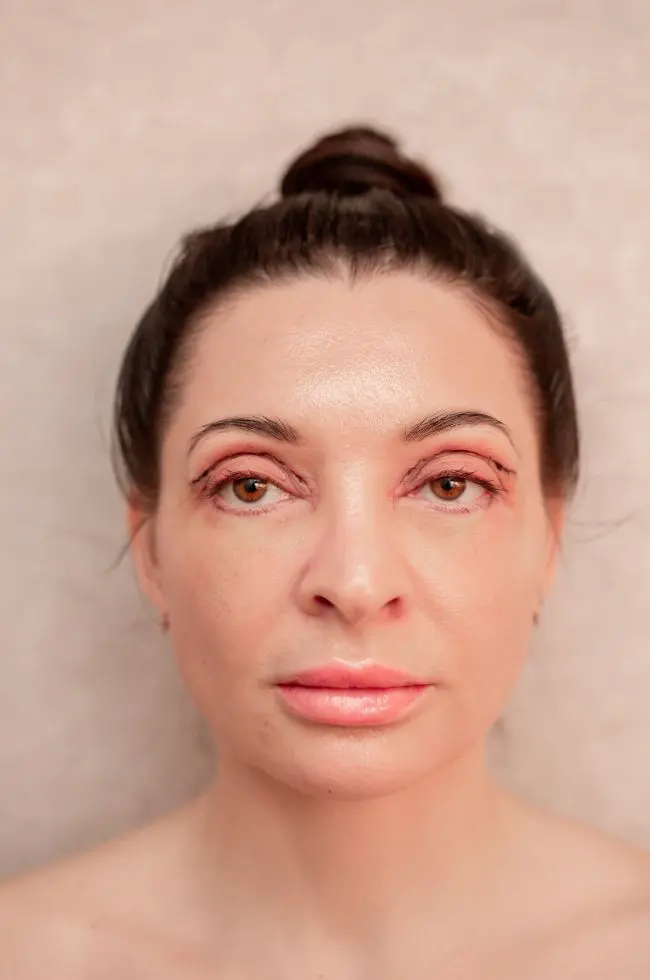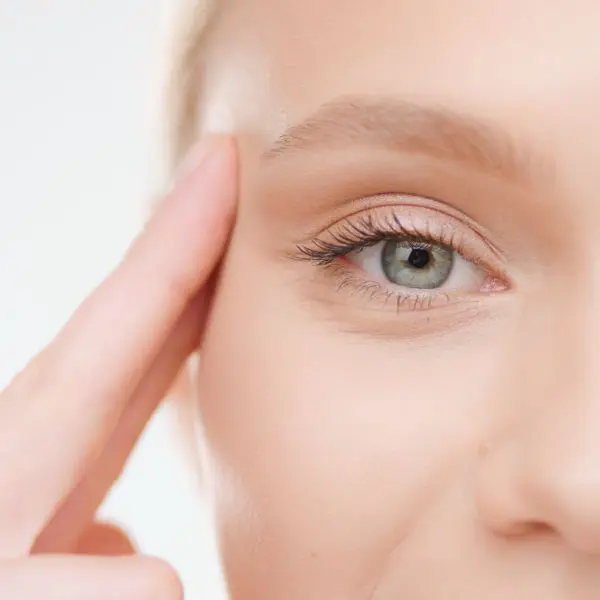
Education
Complications in Non-Surgical Aesthetics: Blepharoptosis
A solid understanding of common and important complications is crucial for the safe and effective practice of non-surgical aesthetics.
One complication often cited with regard to the use of botulinum toxin (Botox ®) is a droopy eye, otherwise known as blepharoptosis.
Blepharoptosis is a result of the inadvertent paralysis of the muscle Levator Palpebrae Superioris. This important muscle does exactly what it says, it elevates (Levator) the upper (Superioris) eyelid (Palpebrae).

Avoiding this complication is dependent on some important anatomical, technical and clinical considerations:
Anatomy – innervation is via sympathetic fibres from the Oculomotor nerve. It is crucial to understand how botulinum toxin A (Botox ®) works, pre-synaptically at the neuromuscular junction, preventing synaptic transmission via Acetyl Choline (ACh). Ensuring that injections lateral to the mid-pupillary line are at least 2-3cm superior to the supraorbital ridge.
Technical – botulinum toxin A can diffuse from the site of injection – for this reason ensure a 2-3cm margin from the supra-orbital ridge, in order to avoid paralysis of Levator Palpebrae Superioris. In addition, inject at a 90-degree angle to the skin to prevent diffusion beyond the 2cm that is to be expected. Injecting at an angle, particularly pointing towards the eye, could result in further diffusion and placement of the product inadvertently.
Clinical – Patients must be given appropriate instructions following treatment which must include the avoidance of bending over or lying flat for 3 hours, and of rubbing the face, drinking alcohol and physical exertion for at least 24 hours (list not exhaustive). The risk of diffusion and paralysis of non-targeted areas will increase if post-procedure instructions are not given or not followed.

What are the signs of blepharoptosis?
The patient will most likely report noticing the eye as appearing smaller. There will not be visual disturbance unless other muscles have been involved (extremely rare). The importance of pre- and post-procedure photography is made apparent in any case where a patient reports an issue.
Ensure further photography is taken and this proves a useful comparison. It is not uncommon for patients to notice a pre-existing issue only after undergoing a treatment. Treatment may also exacerbate an underlying issue (eg: heavy brow). Importantly, there will be no signs associated with more sinister pathology (eg: in a Horner’s syndrome).
How do you manage this complication?
Start by reassuring the patient. The effect is temporary and within weeks it will start to resolve. There are treatment options to improve the patient’s symptoms, which involve stimulation of the Superior Tarsal Muscle, which attaches to the Superior Tarsal Plate and also acts to elevate the eyelid.
Treatment can be with an alpha-adrenoceptor agonist such as apraclonidine drops in the affected eye, with treatment under supervision of a responsible clinician. Review the patient at regular intervals and give a timeframe of expected improvement and resolution.
Medicolegal implications
Always document consent clearly, ensuring all common and important risks are discussed with the patient. Photos should be taken in a reproducible manner, against a dark plain background and ideally in natural light. Malpractice insurance must be obtained and valid in order to practice. A practitioner should also be registered with the relevant governing body (GMC, GDC, NMC). Remember that the effects of botulinum toxin A are temporary. Nevertheless, temporary effects can be distressing for you patient and as such it falls to you as the clinician to reassure and manage appropriately.
